Yale Institution is a private Ivy League research university situated in New Haven, Connecticut. It is the third-oldest institution of higher education in the United States and one of the most prominent in the world, having been founded in 1701 as the Collegiate School. Chartered by Connecticut Colony, the Collegiate School was established in 1701 by clergy to educate Congregational ministers before moving to New Haven in 1716. By the time of the American Revolution, the curriculum had expanded to include humanities and sciences, as well as theology and holy languages. In the 19th century, the college developed into graduate and professional instruction, awarding the first PhD in the United States in 1861 and organizing as a university in 1887. With the fast development of the physical campus and scientific research after 1890, Yale's faculty and student populations increased. The original undergraduate college, the Yale Graduate School of Arts and Sciences, and twelve professional schools make up Yale's fourteen constituent institutions. While the Yale Corporation governs the institution, each school's faculty is in charge of its curriculum and degree programmes. The institution possesses athletic facilities in western New Haven, a campus in West Haven, and woods and wildlife preserves around New England, in addition to a core campus in downtown New Haven. The university's endowment was worth $42.3 billion in 2021, making it the second biggest of any educational institution..The Yale University Library, which serves all constituent institutions, is the third-largest academic library in the United States, with over 15 million volumes. Students compete in NCAA Division I – Ivy League intercollegiate sports as the Yale Bulldogs. As of October 2020, Yale University has 65 Nobel laureates, five Fields Medalists, four Abel Prize laureates, and three Turing Award winners. Yale University has also produced a number of notable alumni. Graduates, including five United States presidents, 19 United States Supreme Court justices, 31 living billionaires, and several heads of state. Hundreds of members of Congress and numerous US ambassadors have been linked with the university, as have 78 MacArthur Fellows, 252 Rhodes Scholars, 123 Marshall Scholars, and nine Mitchell Scholars. Yale is one of the Big Three universities.. 67 members of the National Academy of Sciences, 55 members of the National Academy of Medicine, eight members of the National Yale's current personnel, including 187 members of the American Academy of Arts and Sciences and 187 members of the American Academy of Engineering. The college is the tenth-biggest baccalaureate source of PhD degree recipients in the United States, and the largest within the Ivy League, after normalizing for institution size. It is also a top 10 (ranked 7th) baccalaureate source of some of the most prominent scientists following adjustment for the number of graduates (Nobel, Fields, Turing prizes, national Academy of Sciences, National Academy of Medicine, or National Academy of Engineering membership)
Yale University Rankings
-
#6 in US University Rankings according to QS Top Universities, 2022.
-
#14 in QS World University Rankings, 2022.
-
#13 in Graduate Employability Rankings by QS Top Universities, 2022.
-
#5 in National Universities by US News 2022
-
#31 in Best Undergraduate Teaching (tie) by US News 2022
-
#1 in Best Value Schools by US News 2022
-
#9 World University THE Rankings 2022
-
#4 US CollegeTHE Rankings 2022
Yale University Campus
Yale's central campus, located in downtown New Haven, spans 260 acres (1.1 km2) and includes the university's primary, historic campus as well as a medical facility adjacent to Yale-New Haven Hospital. The institution has 500 acres (2.0 km2) of sporting facilities in western New Haven, including the Yale Golf Course. The 17-building, 136-acre (0.55 km2) former Bayer HealthCare complex in West Haven, Connecticut, was bought by Yale in 2008, and the buildings are currently used as laboratory and research space. Yale also owns seven woods and wildlife preserves in Connecticut, Vermont, and New Hampshire, the largest of which is the 7,840-acre (31.7 km2) Yale-Myers Forest in Connecticut's Quiet Corner. The Yale Art Gallery and Center for British Art, Eero Saarinen's Ingalls Rink and Ezra Stiles and Morse Colleges, and Paul Rudolph's Art & Architecture Building are among the prominent contemporary structures mentioned in architectural history survey courses. Yale also owns and has renovated a number of notable 19th-century homes on Hillhouse Avenue, which Charles Dickens deemed the most beautiful street in America when he visited in the 1840s. The Yale campus was named one of the most beautiful in the United States by Travel+Leisure in 2011. Many of Yale's buildings, notably the Yale Drama School, were built in the Collegiate Gothic architectural style between 1917 and 1931, with much of the funding provided by Edward S. Harkness. Contemporary college personas, such as a writer, an athlete, a tea-drinking socialite, and a student who has fallen asleep while reading, are depicted in stone sculpture placed into the walls of the buildings. Similarly, the ornate friezes on the buildings represent modern scenarios, such as a police officer pursuing a thief and catching a prostitute (on the Law School's wall) or a student relaxing with a cup of beer and a cigarette. James Gamble Rogers, the architect, faked the ageing of these structures by splashing acid on the walls, deliberately breaking their leaded glass windows and repairing them in the Middle Ages style, and creating niches for decorative statuary but leaving them empty to simulate loss or theft over time.. In reality, the structures just imitate Middle Ages architecture because, while they look to be made of solid stone blocks around the traditional style, the majority of them are made of steel frame, which was prevalent in 1930. Harkness Tower, which is 216 feet (66 metres) tall and was once a free-standing stone tower, is an exception. It was rebuilt in 1964 to allow the Yale Memorial Carillon to be installed. Other Gothic-style buildings on the Old Campus include those by Henry Austin, Charles C. Haight, and Russell Sturgis. Vanderbilt Hall, Phelps Hall, and St. Anthony Hall are all affiliated with members of the Vanderbilt family (a commission for member Frederick William Vanderbilt), the Mason, Sloane, and Osborn laboratories, as well as parts of Silliman College, Yale's biggest residential college, and dorms for the Sheffield Scientific School (the engineering and sciences school until 1956).
Notable nonresidential Campus Buildings
Battell Chapel, Beinecke Rare Book Library, Harkness Tower, Ingalls Rink, Kline Biology Tower, Osborn Memorial Laboratories, Payne Whitney Gymnasium, Peabody Museum of Natural History, Sterling Hall of Medicine, Sterling Law Buildings, Sterling Memorial Library, Woolsey Hall, Yale Center for British Art, Yale University Art Gallery, Yale Art & Architecture Building, and the Paul Mellon Center for Studies in British Art are among the notable non-residential campus buildings and landmarks Yale's secret society buildings (some of which are referred to as "tombs") were designed to be both secretive and obviousBerzelius, Donn Barber in an austere cube with classical detailing (erected in 1908 or 1910); Book and Snake, Louis R. Metcalfe in a Greek Ionic style (erected in 1901); Elihu, architect unknown but built in a Colonial style (built on an early 17th-century foundation although the building is from the 18th century); Mace and Chain, in a late colonial, early Victorian style (built on an early 17th-century foundation although the building (built-in 1823). (The inside molding is supposed to have belonged to Benedict Arnold); Manuscript Society, King-Lui Wu, with the landscape by Dan Kiley and the brickwork intaglio mural by Josef Albers. Building designed in the style of mid-century modernism; Key and Scroll, Richard Morris Hunt in a Moorish or Islamic-inspired Beaux-Arts style (erected 1869–70); Skull and Bones, possibly Alexander Jackson Davis or Henry Austin in an Egypto-Doric style utilizing Brownstone (first wing completed in 1856, second wing completed in 1903, Neo-Gothic towers in rear garden finished in 1911); St. Elmo, Kenneth M. Murchison (former tomb), 1912, designs inspired by Elizabethan manor Bertram Grosvenor Goodhue, Bertram Grosvenor Goodhue, Bertram Grosvenor Goodhue, Bertram Grosvenor Goodhue, Bertram Grosvenor Goodhue, Bertram Grosvenor Goodhue, Bertram Grosvenor Goodhue, Bertram Grosvenor
Sustainability
Yale's Office of Sustainability is responsible for developing and implementing sustainable practices on campus. Yale has pledged to lower its greenhouse gas emissions by 10% by 2020 compared to 1990 levels. The university distributes renewable energy credits to offset some of the energy consumed by residential colleges as part of this commitment. Eleven campus buildings have been identified as potential LEED design and certification candidates. All residential college dining halls now provide local, organic vegetables, fruits, and meat, thanks to the Yale Sustainable Food Project. On the Sustainable Endowments Institute's College Sustainability Report Card 2008, Yale has named a Campus Sustainability Leader and achieved a "B+" score overall.
-
Grove Street Cemetery, New Haven
-
Marsh Botanical Garden
-
Yale Sustainable Food Program Farm
Relationship with New Haven
Yale is the city of New Haven's primary taxpayer and employer, and it has frequently boosted the city's economy and neighbourhoods. Yale, on the other hand, has continuously refused to pay a tax on its intellectual property. The Art Galleries at Yale, as well as many other campus resources, are free and available to the public. Yale also supports the New Haven Promise programme, which covers full tuition for qualified New Haven public school students.
Town–gown Relations
Yale's relationship with its home city is delicate; for example, hundreds of students volunteer each year in a variety of community groups, but city leaders, who object to Yale's exemption from local property taxes, have long pressured the institution to do more. Yale has financially supported many of New Haven's initiatives to revitalize the city under President Levin's leadership. The town-gown connection appears to be mutually beneficial, according to evidence. Despite this, the university's economic influence grew tremendously as a result of its financial success despite the local economy's downturn.
Campus Safety
Yale has pioneered a number of campus safety initiatives. Yale Institution established the first campus police force in 1894 when the university hired municipal police officers to patrol the campus exclusively. The cops were first sent into a quiet conflict between students and local residents to prevent damaging student activity. They were later hired by the institution. A range of safety services is offered, including blue phones, a safety escort, and a 24-hour shuttle service, in addition to the Yale Police Department. Poverty and violent crime grew in New Haven in the 1970s and 1980s, putting a damper on Yale's attempts to recruit students and staff. New Haven's crime rate dropped by half between 1990 and 2006, according to the cityYale's campus, became the safest among the Ivy League and peer colleges, thanks to a community policing policy implemented by the New Haven Police Department. Yale was accused of under-reporting rape and sexual assaults by the national non-profit watchdog group Security on Campus, which filed a complaint with the US Department of Education in 2004. Yale declared in April 2021 that students would be required to acquire the COVID-19 vaccination as a condition of being on campus during the fall 2021 semester.
Yale University Services
Student Services
The Office of International Students & Scholars at Yale (OISS) is housed at the International Center (IC), which also serves as a hub for campus activities. We hope you will return frequently to take advantage of the numerous services and resources available to you.
Library Services
Search the Yale University Library's international holdings, which comprise about 12.8 million volumes and information in all mediums, ranging from ancient papyri to early printed books to computerized databases, making it one of the world's premier research libraries.
ICT Services
Most Yale students and scholars receive a Yale NetID from their school or department, granting them access to the campus network and numerous University systems. Yale's Information Technology Services (ITS) can help with NetIDs and Yale network connectivity concerns.
Yale University Admissions
U.S. News and World Report rate Yale College's undergraduate entrance as "most selective." Yale admitted 2,169 candidates into the Class of 2021 in 2021, out of 46,905 applications, for a 4.62 per cent acceptance rate. Within six years, 98 per cent of students graduate. Yale pledges to satisfy all applicants' demonstrated financial needs through its need-based financial aid programme. The majority of financial help comes in non-repayable grants and scholarships, with the average need-based aid grant for the Class of 2017 being $46,395. No parental contribution is expected for 15% of Yale College students.,and nearly half of them receive some type of financial assistance. At graduation, around 16% of the Class of 2013 had some student loan debt, with students owing an average of $13,000. In 2019, Yale was rated second in the number of National Merit $2,500 Scholarship winners (140 scholars). More than 39 per cent of Yale undergraduates are ethnic minority Americans (19 per cent are underrepresented minorities), and 10.5 per cent are overseas students. Ninety-seven per cent of students were in the top 10% of their high school class, with 55 per cent attending public schools and 45 per cent attending private, religious, or foreign institutions. Every year, the Eli Whitney Students Program admits a limited group of non-traditional students to Yale College.
Yale University Collections
Yale University Library is the third-largest university library in the United States, with about 15 million volumes. Sterling Memorial Library, the main library, has roughly 4 million books, while additional holdings are spread out across topic libraries. Several Yale collections contain rare books. A substantial collection of rare books and manuscripts may be found in the Beinecke Rare Book Library. The Harvey Cushing/John Hay Whitney Medical Library has necessary historical medical materials as well as historical medical devices, including an exceptional collection of rare volumes. The Lewis Walpole Library houses the world's most comprehensive collection of 18th-century British literature. Although the Elizabethan Club is a private club, Yale makes its Elizabethan folios and first editions available to eligible academics. Yale's museum collections are likewise well-known on a global scale.. In the Swartwout and Kahn buildings, the Yale University Art Gallery, the country's first university-affiliated art museum, there are over 200,000 pieces, including Old Masters and notable collections of modern art. In December 2006, the latter, Louis Kahn's first large-scale American work (1953), was refurbished and reopened. The Yale Center for British Art, which houses the world's biggest collection of British art outside of the United Kingdom, came out of a Paul Mellon donation and is housed in another Kahn-designed structure. School Children visit the Peabody Museum of Natural History in New Haven, which has research collections in anthropology, archaeology, and the natural environment. The Yale University Collection of Musical Instruments, which is part of the Yale School of Music, houses a diverse range of musical instruments because of its limited hours of operation. It is possibly the least-known of Yale's collections.
Yale University Student Organizations
A number of student publications, periodicals, and newspapers are published at the institution. The Yale Record is the world's oldest comedy magazine, having been founded in 1872. The Yale Daily News, which began publication in 1878, and the Yale Herald, which began publication in 1986, are two of the university's newspapers. The Yale Journal of Medicine & Law is a biannual publication that looks at how law and medicine interact. Dwight Hall, a non-profit community service organization, is in charge of approximately 2,000 Yale undergraduates who are involved in over 70 community service projects in New Haven. The Yale College Council oversees a number of organizations that supervise campus activities and student services. Bulldog Productions and the Yale Dramatic Association cater to the theatrical and film communities, respectively. The Yale Drama Coalition also aims to manage and offer resources for the different Sudler Fund-sponsored theatrical shows that take place every weekend. WYBC Yale Radio is a student-owned and controlled radio station on campus. Students used to broadcast on AM and FM radio stations, but today they only have an Internet-based feed.The Yale College Council (YCC) is the undergraduate student government on campus. The Undergraduate Organizations Funding Committee, a YCC subsidiary entity, regulates and funds all registered student organizations (UOFC). Yale's graduate and professional student government is the Graduate and Professional Student Senate (GPSS). Alumni politicians such as John Kerry and George Pataki advise the Yale Political Union. The Yale International Relations Association (YIRA) serves as the umbrella organization for Yale University's top-ranked Model United Nations team. Yale Model Government Europe is a European branch of YIRA, as are other Model UN conferences like YMUN Korea or YMUN Taiwan, as well as educational initiatives like the Yale Review of International Relations (YRIS), YMUN Institute, or Hemispheres. There are various fraternities and sororities on campus. There are at least 18 a cappella groups on campus, the most notable of which being The Whiffenpoofs, which was founded in 1909 and consisted primarily of senior males until 2018. Skull and Bones, Scroll and Key, Wolf's Head, Book and Snake, Elihu, Berzelius, St. Elmo, Manuscript, Brothers in Unity, Linonia, St. Anthony Hall, Shabtai, Myth and Sword, Mace and Chain, Sage and Chalice are just a few of Yale's secret societies. The Aurelian (1910) and the Torch Honor Society are the two oldest honour societies still in existence (1916)
Yale University Courses
Yale University provides a diverse range of courses for overseas students, including 84 majors and 2,000 undergraduate courses in a variety of subjects. In approximately 200 departments and programmes, it provides graduate studies and professional study leading to M.S., M.A., M.Phil., and Ph.D. degrees. Political Science, Economics, History, Computer Science, and Molecular, Cellular, and Developmental Biology are the most popular majors at the institution. The following are the fees, application deadlines, and exam score criteria for the university's top programmes:
|
Programs |
Fees Per Annum |
Test Score Requirements |
|
M.Sc Computer Science |
$44,500 |
GRE (no minimum requirement); IELTS: 7.0; TOEFL (iBT): 100 |
|
M.B.A |
$74,500 |
GMAT: 720 OR GRE: 165 in quant (median for 2021 class); IELTS: 7.0; TOEFL (iBT): 100 |
|
M.Sc Nursing |
$64,513 |
MCAT: 65th percentile or 3.2 GPA in bachelors OR equivalent GRE; IELTS: 7.0; TOEFL (iBT): 100 |
|
M.A Statistics and Data Science |
$44,500 |
GRE (optional); IELTS: 7.0; TOEFL (iBT): 100 |
|
L.L.M |
$67,108 |
TOEFL (iBT): 100 |
|
Master of Architecture I |
$54,094 |
TOEFL (iBT): 100 |
|
M.F.A Graphic Design |
$44,500 |
TOEFL (iBT): 100; TOEFL (PBT): 550; IELTS: 7.0 |
|
B.Sc Computer Science |
$59,950 |
IELTS: 7.0; TOEFL (iBT): 100 |
|
M.Sc Mechanical Engineering and Materials Science |
$44,500 |
GRE (no minimum requirement); TOEFL (iBT): 100 |
|
M.Sc Electrical Engineering |
$44,500 |
GRE (no minimum requirement); TOEFL (iBT): 100 |
|
M.Sc Astronomy |
$44,500 |
TOEFL (iBT): 100; IELTS: 7.0 |
|
M.Sc Applied Physics |
$44,500 |
GRE or Physics subject test; TOEFL (iBT): 100 |
|
M.Sc Biomedical Engineering |
$44,500 |
GRE: 81st percentile in verbal, 91st percentile in quant (average of 2019); TOEFL (iBT): 100; IELTS: 7.0 |
Yale University Placements
Approximately 75% of Yale University graduates are employed in full-time, part-time, or temporary roles. Executive Management & Change professionals, who earn $233,000 per year, are the highest-paid Yale University alumni & graduates. The average pay of Yale University graduates is 92,000 USD, according to PayScale. The following is a list of the highest-paid Yale University graduates and alumni by degree:
|
Program |
Average Salary (USD) |
|
Doctorate |
154,000 |
|
MBA |
150,000 |
|
PhD |
120,000 |
|
Master of Arts |
95,000 |
|
Bachelor of Arts |
93,000 |
|
BSc |
90,000 |
Yale University offers one of the most varied student bodies in the world, with students from all walks of life and cultures. Based on prior performance, the university offers a positive return on investment to all overseas students. The majority of the student population hails from Canada, India, Germany, South Korea, China, and the United Kingdom, making Yale a prominent university to study abroad due to the high quality of education and attractive post-study wage opportunities.




















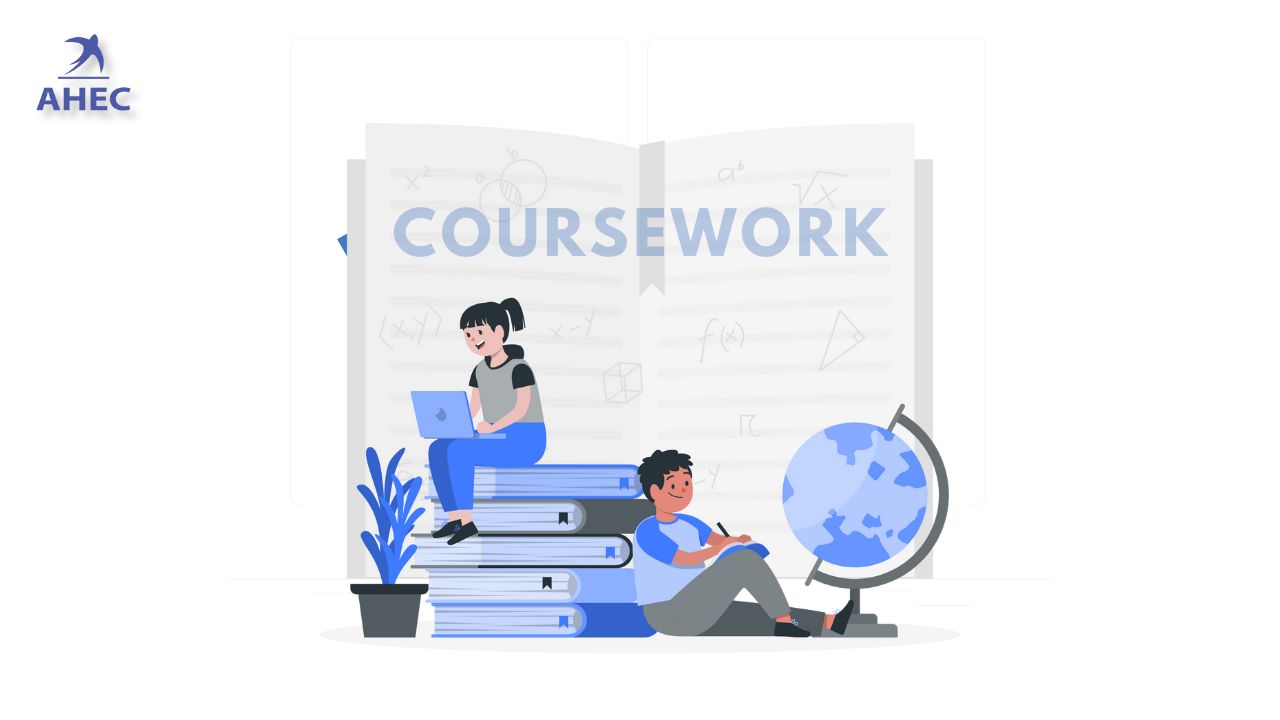









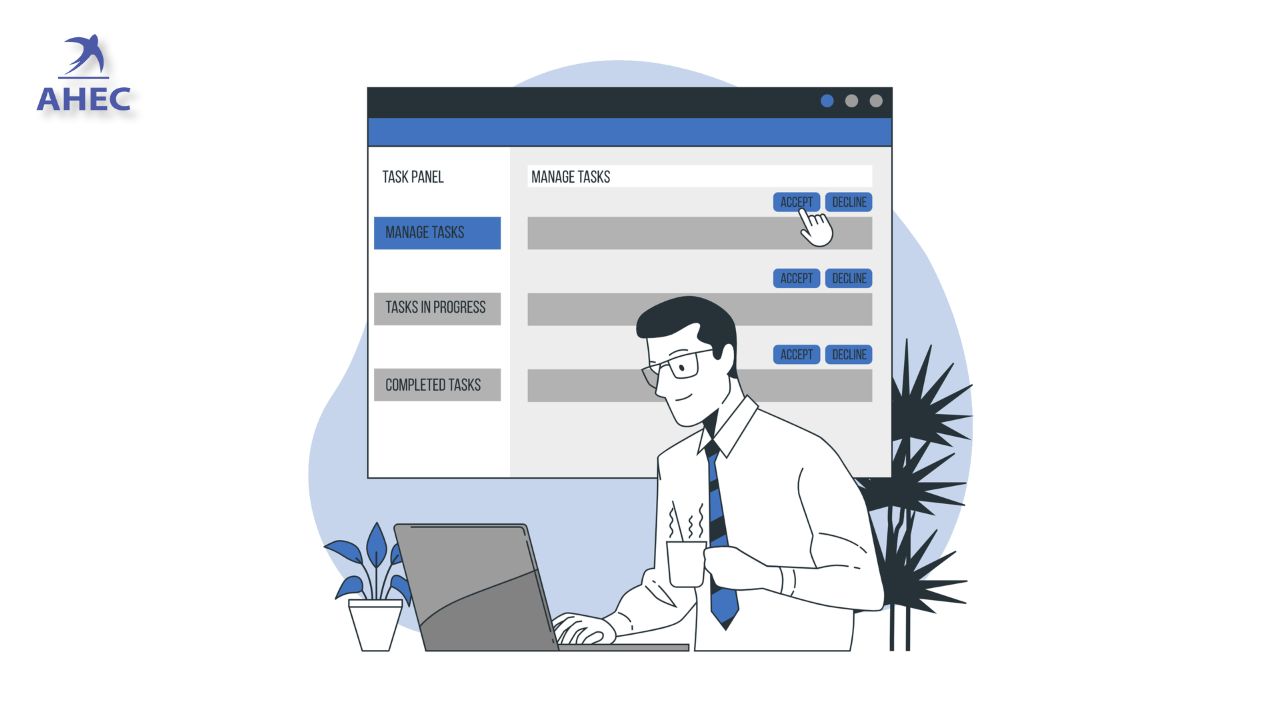



















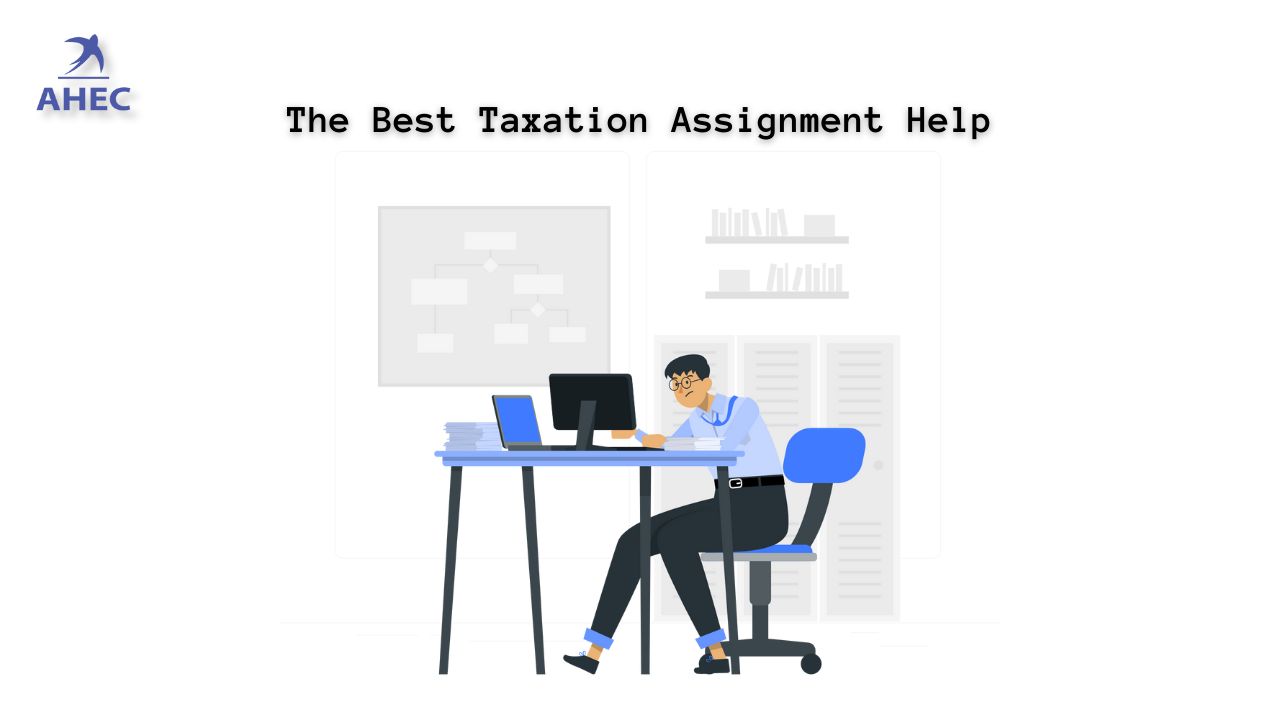







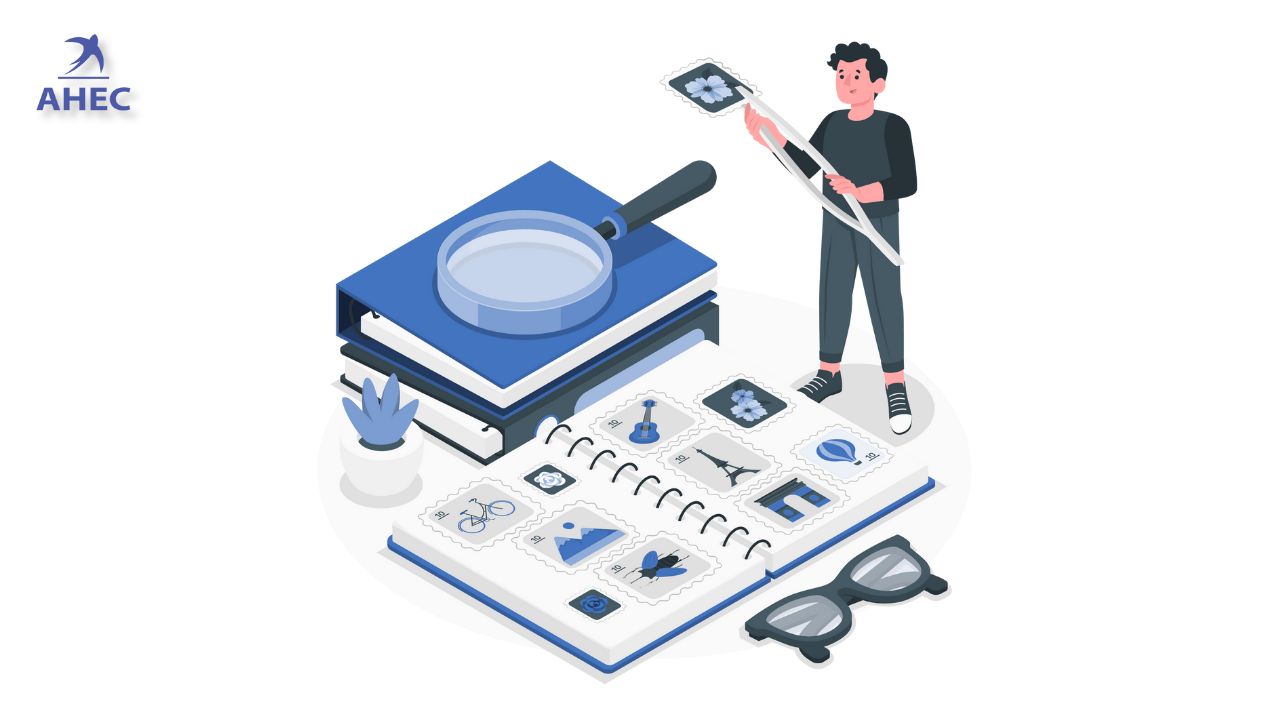




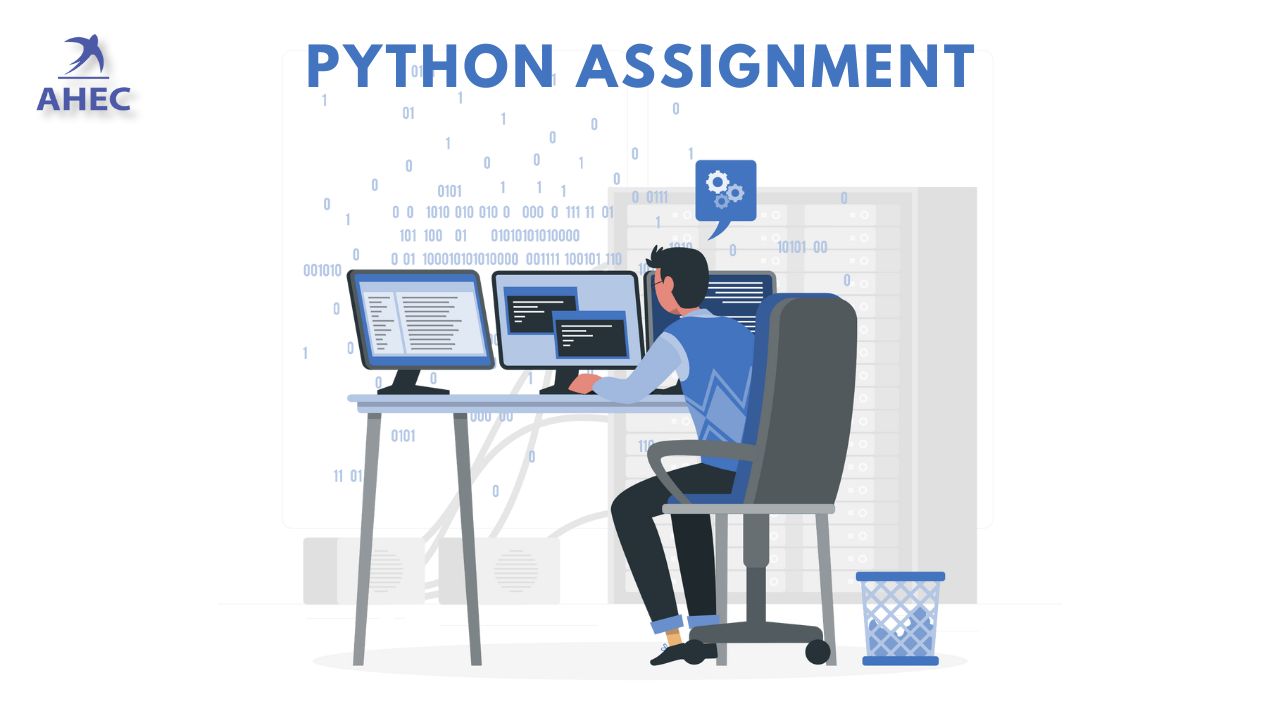


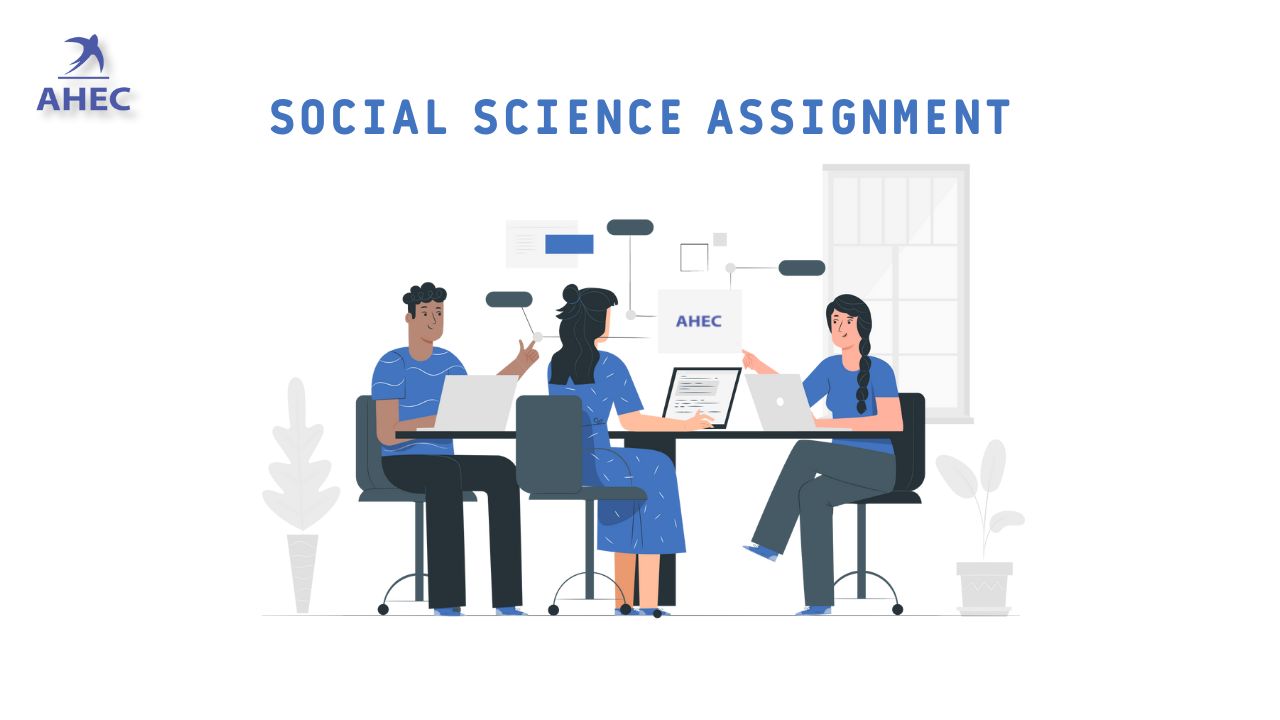












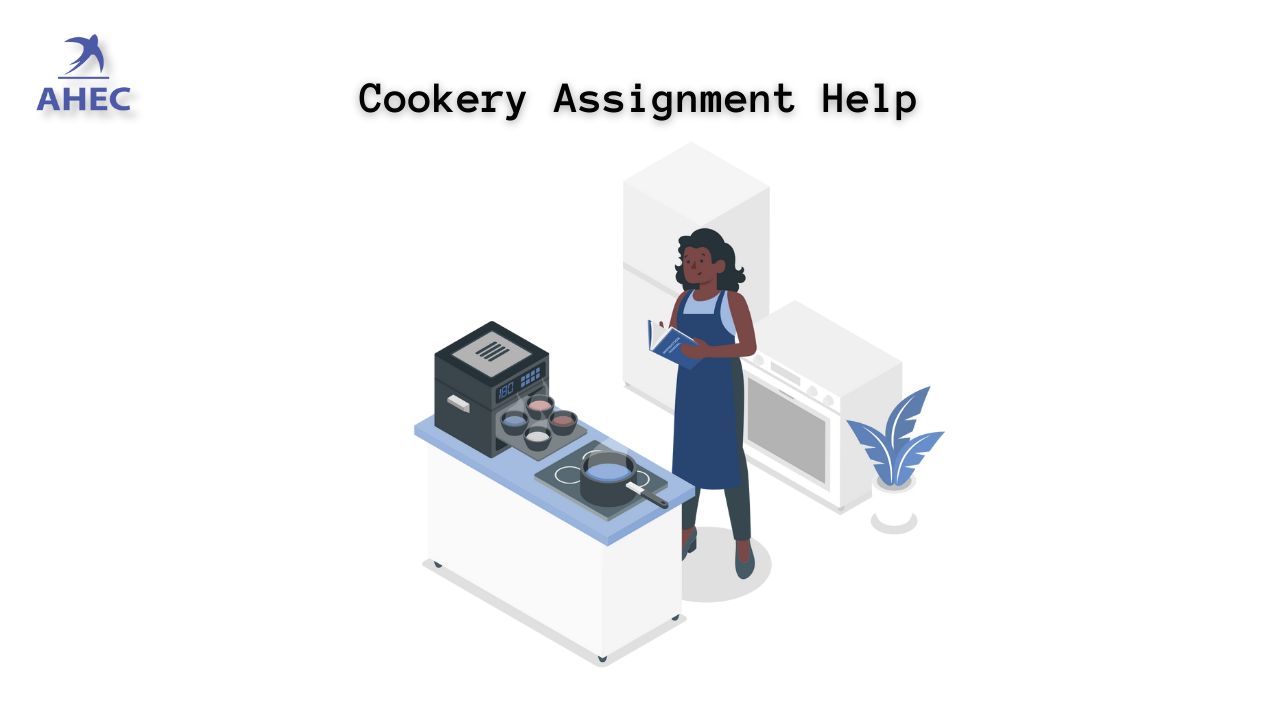



















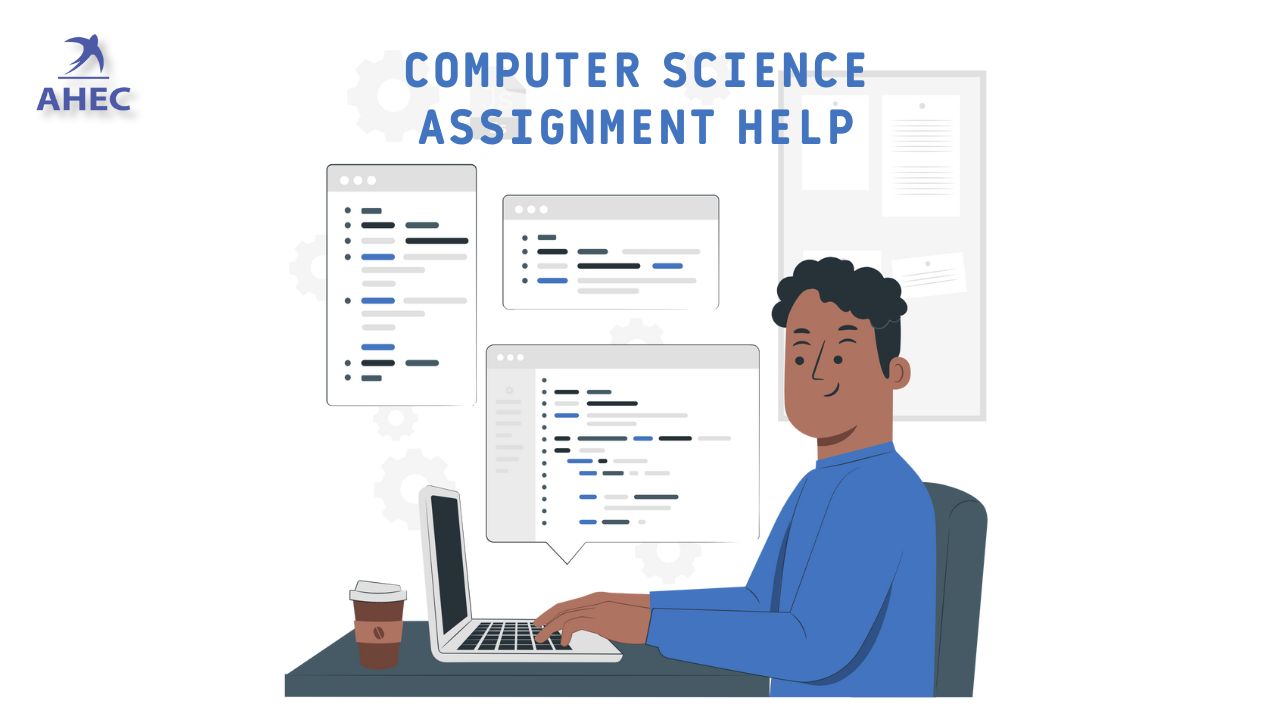
















































.png)









